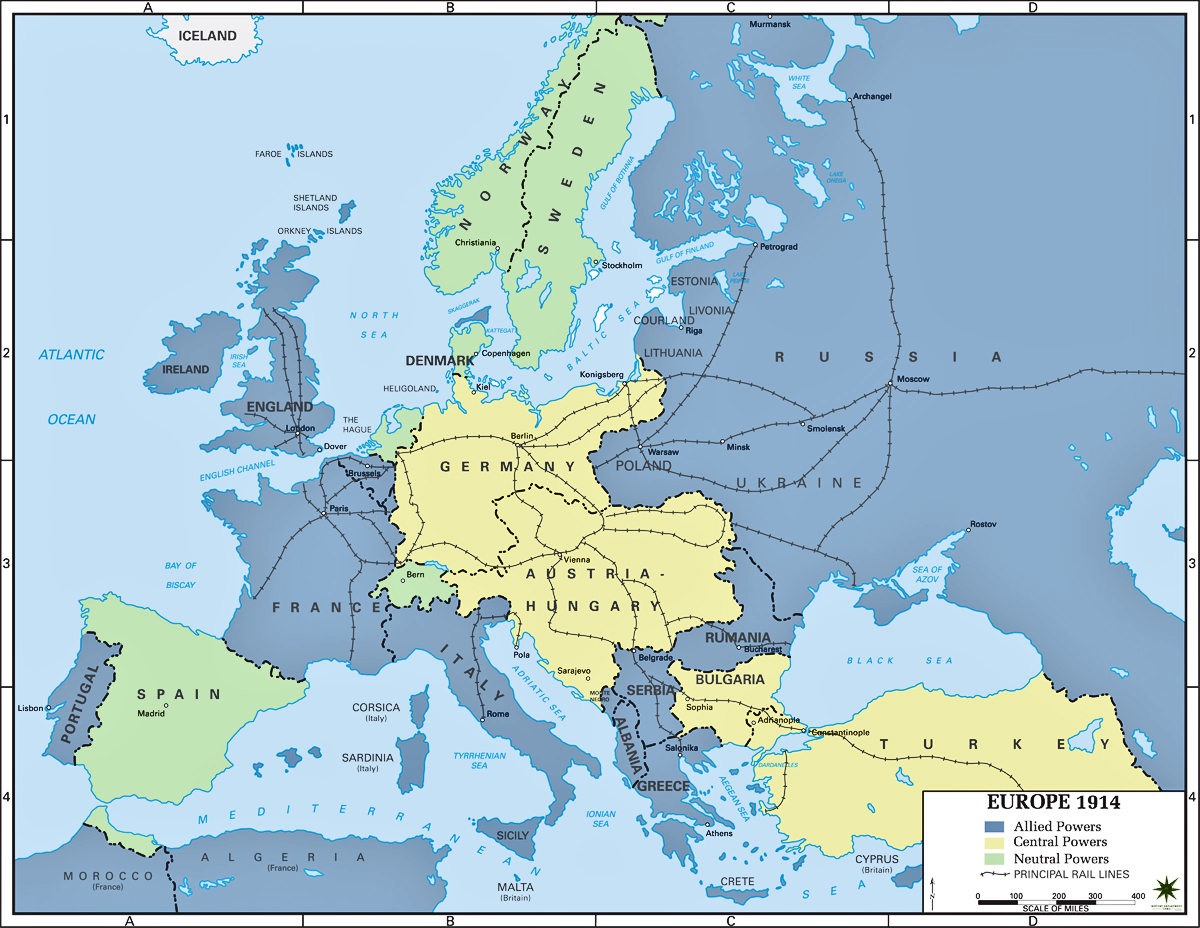Movie poster. (Source: boxofficereport.com)
La Regle de Jeu (English: The Rules of the Game,) is a film that satirizes the lives of the upper class in the time immediately preceding the outbreak of World War II. The film follows many different individuals as they go about their lives, and the setting changes from Paris to the country estate of the very wealthy Marquis and his wife Christine. Other characters include the Marquis’s mistress Geneviève, his wife’s suitor Andre, her childhood friend Octave, and the gamekeeper of the estate, Schumacher and his wife Lisette.
Jean Renoir (Octave) and Gaston Modot (Schumacher) on set. (Source: The Blue Lantern blog.)
Class differences play a major role in this film, and this fits in with the idea of the titular “game.” Each person in the film has their place, based both on their social status and gender. Even among the servants there is a hierarchy, with the butler and Lisette, Christine’s chamber maid, at the top. At the bottom is Marceau, the poacher who is allowed to work on staff at the estate after he amuses its owner, the Marquis. Most of the drama in the film comes about as a result of the rather complicated love lives of the various characters. The game in the films title refers to the way one should behave in life, which is determined by ones social standing and class. Characters such as Christine and Andre break these rules by attempting to run away together instead of carrying on a quiet affair, which would have been the socially acceptable thing to do. They pay the price for this breech of protocol, and Andre is accidentally killed, forcing Christine to stay and continue playing the game.
Danse Macabre. (Source: YouTube.)
The plot of the movie is rather dense, with many different intersecting story lines, and it is shot accordingly. Scenes like the performance at the estate have many different characters doing many different things all in the same shot, which gives the film an energy as well as a sense of realism, as if the events are taking place in real time. The pace of the film alternates between being rather slow to moments of frenetic activity, which is at times somewhat disconcerting. This style of film, though well known to audiences today, was very unique and innovative at the time it was released.
Renoir's introduction to the film. (Source: YouTube)
I found this film to be very enjoyable and it is one of my personal favorites among the films we have seen in class so far. However, this was not an opinion shared by the French viewing public at the time of its premier. This film famously (or infamously) caused riots, and its director, Jean Renoir, recounted seeing a man attempt to burn down the theatre during one showing. In his article “Audiences on the Verge of a Fascist Breakdown: Male Anxieties and Late 1930s French Film,” Robin Bates posits that this extreme reaction was a result of the portrayal of men in the film and its relationship to the rapid social and political changes in France in the years preceding World War II. The men featured in the film all display various traits that were considered by French audiences as feminine, such as cowardice and the inability to handle pressure (Bates 40.) This depiction of male weakness coming at a time of such high stress and social upheaval created an atmosphere that was not favorable to the film. Indeed, Bates admits that his film, with its portrayal of men who were not courageous and who exhibited weakness was "doomed from the beginning." (Bates, 40.)



